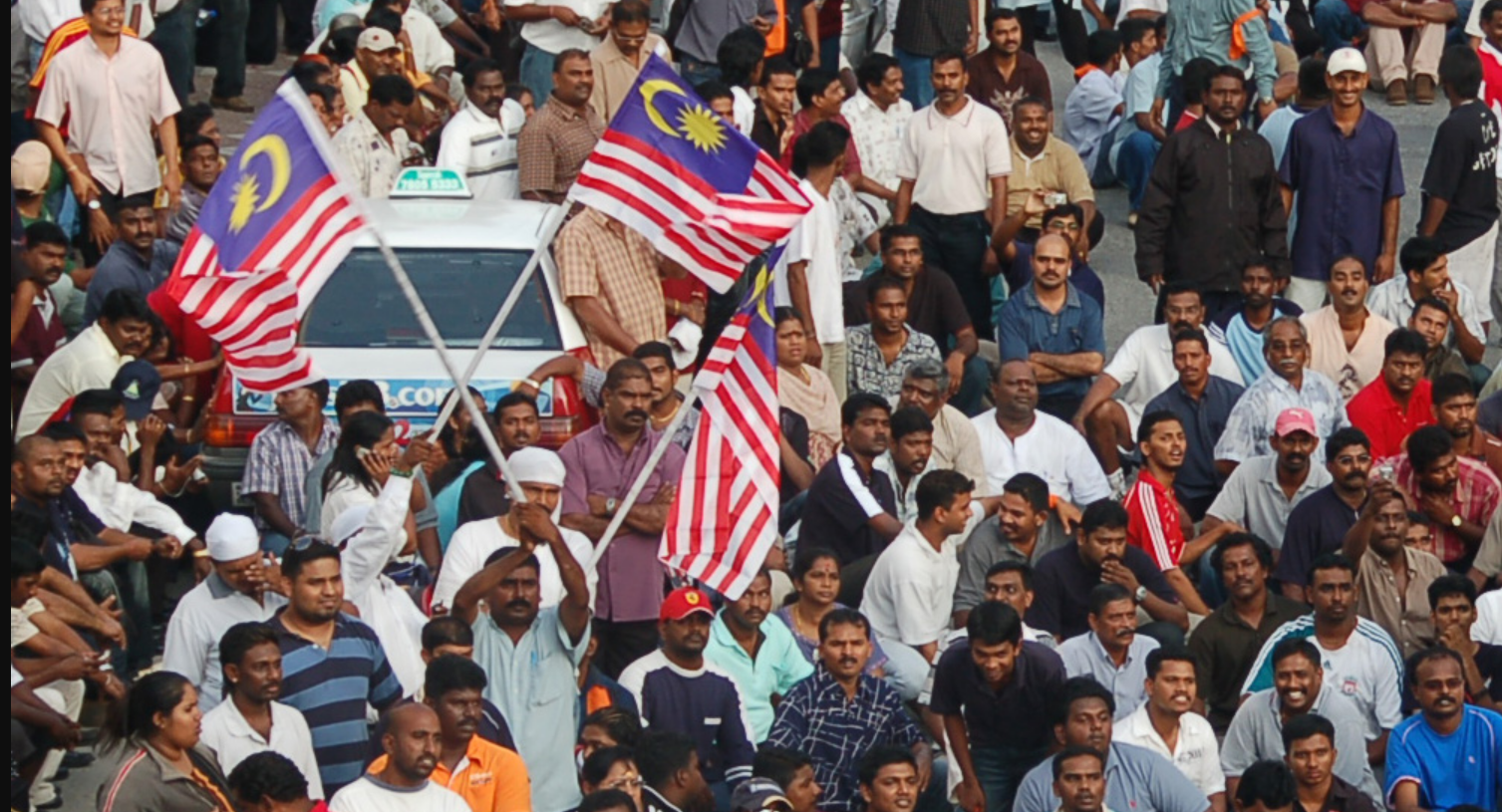NUMERICALLY small ethnic communities sometimes pejoratively termed as minorities might not have much impact due to their reliance on electoral strength to improve their status. Often, the strength of the Indian community seems to be narrowly evaluated in terms of its electoral presence.
Prior to elections, they are regarded as kingmakers in determining the winners and losers in closely contested constituencies. However, the kingmaker’s status evaporates as soon as elections are over. They remained largely forgotten until the following elections.
In other words, Indians only seem to be appreciated or valued in terms of determining the outcome of an election.
In about 60 electoral constituencies, Indians have a sizeable presence at 10% to 30% and above. Their impact invariably depends on their electoral strength.
Even if the Indians have electoral bargaining power, such a strength fizzles out after the elections are over. It is always and invariably back to the status quo.
Thus, equating Indian strength with their electoral presence or non-presence poses problems in terms of their bringing about meaningful change for their betterment.
Indians don’t have to wait every five years before elections to make an impact in terms of bringing about meaningful change to their sad socio-economic predicament in the country.
To date, Indian participation in elections as kingmakers has hardly benefited the community in terms of addressing their economic, social and political grievances.
If at all the Indians have benefited, it stems from the historical struggles, the entitlement of being citizens and most importantly periodic changes arising from their collective resistance as a result of political and social mobilisation.
The problem with electoral analyses of Indians is that they underestimate their potential strength. Reducing them to kingmakers in elections places undue weight on electoral outcomes as though they can bring about desirable changes for their own benefit.
It is not the electoral outcomes brought about by Indian participation that are important, as every opportunity should be taken to strengthen their position but electoral participation alone might not be able to assess the full potential of the Indian community.
Political mobilisation of numerically small communities might under certain political and social circumstances, be one way to empower them.
Moreover, political mobilisation in general or on particular issues provides the Indians with an avenue to be heard. There is no necessity to wait for five year intervals to demonstrate their electoral significance as kingmakers.
In the past, there have been many instances where Indians and others were mobilised for a particular cause.
The Hindu Rights Action Force (HINDRAF) movement in 2007 was able to bring thousands of Indians together to highlight their ethnic and religious discrimination. The demolition of Hindu temples provided the catalyst for the movement.
The HINDRAF movement heightened the awareness of the Indians as to their sorry state of affairs in the country. It served to remind the government that the Indian community could not be taken for granted. I understand that the movement brought about some changes for the community’s benefit.
The movement also contributed to the change in the electoral landscape of the country. Indians all over the country deserted the Barisan Nasional coalition in drove to support the opposition.
Without the HINDRAF-inspired mobilisation, five states (Penang, Selangor, Perak, Kedah and Kelantan) would not have fallen to Pakatan Rakyat coalition in 2008.
Indians played a significant role in the emergence of the Pakatan Harapan government at the federal level in 2018.
It is not that electoral participation must be seen in opposition to popular mobilisation. Alternatively, both can be seen as complementing one another in the trajectory of Indian development and emancipation. – July 30, 2023
Prof Ramasamy Palanisamy is the DAP state assemblyman for Perai. He is also Deputy Chief Minister II of Penang.
The views expressed are solely of the author and do not necessarily reflect those of Focus Malaysia.









